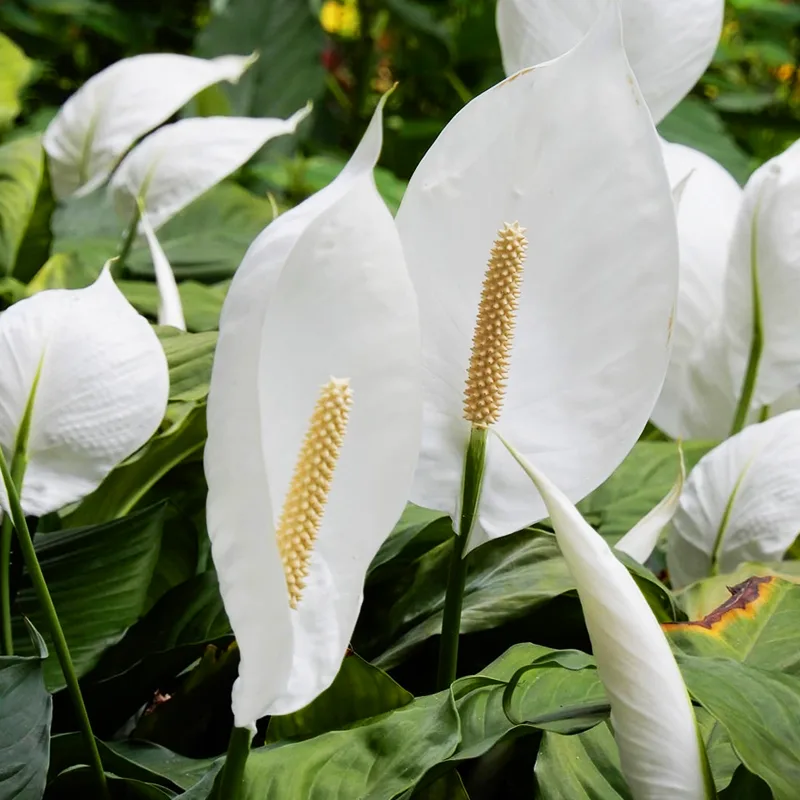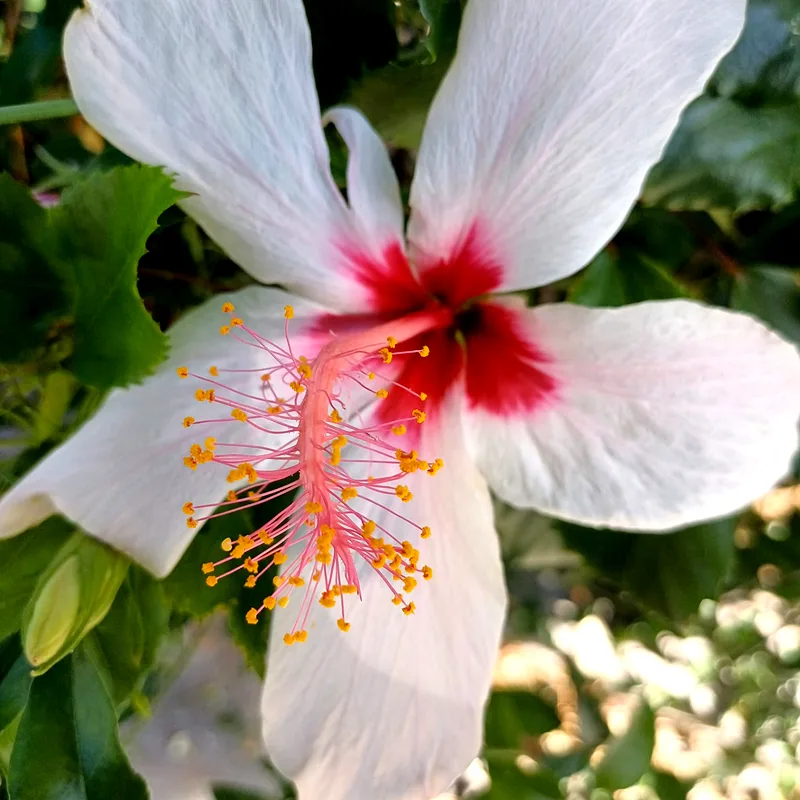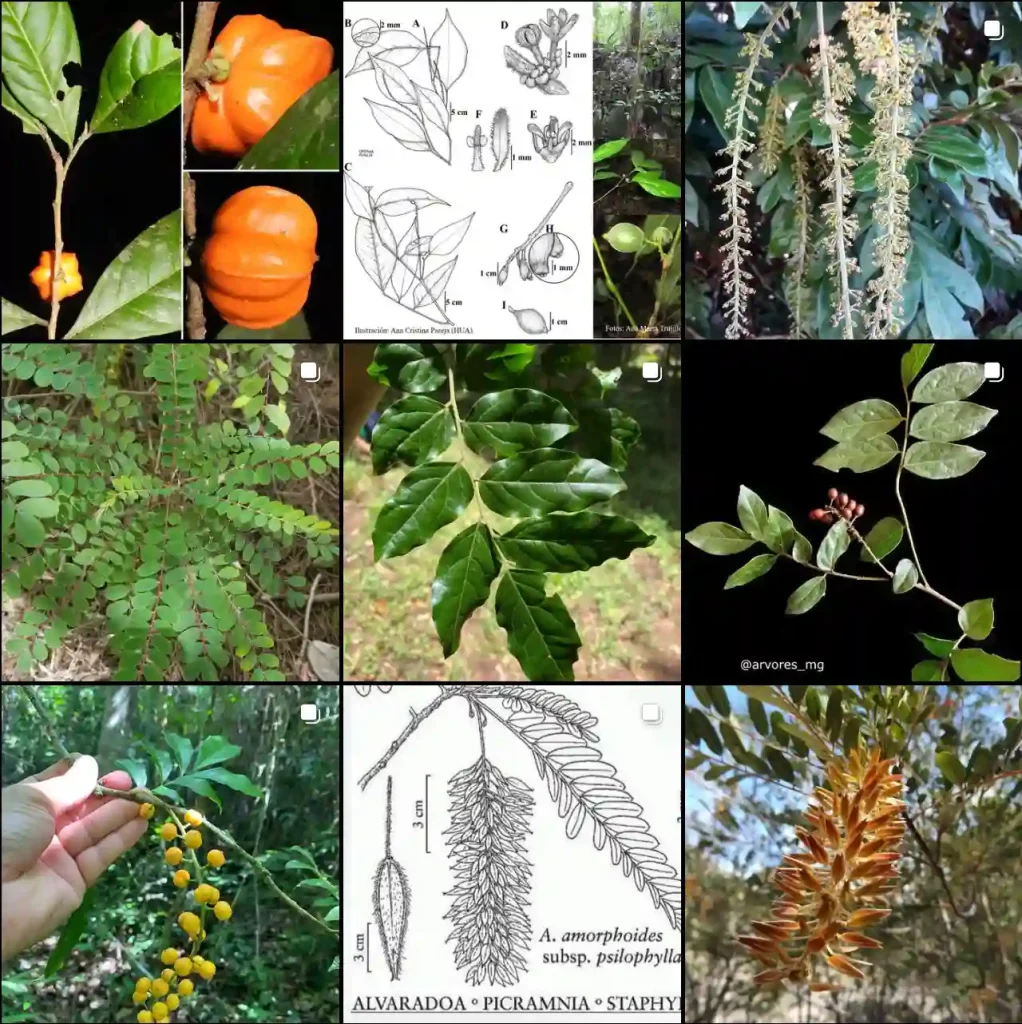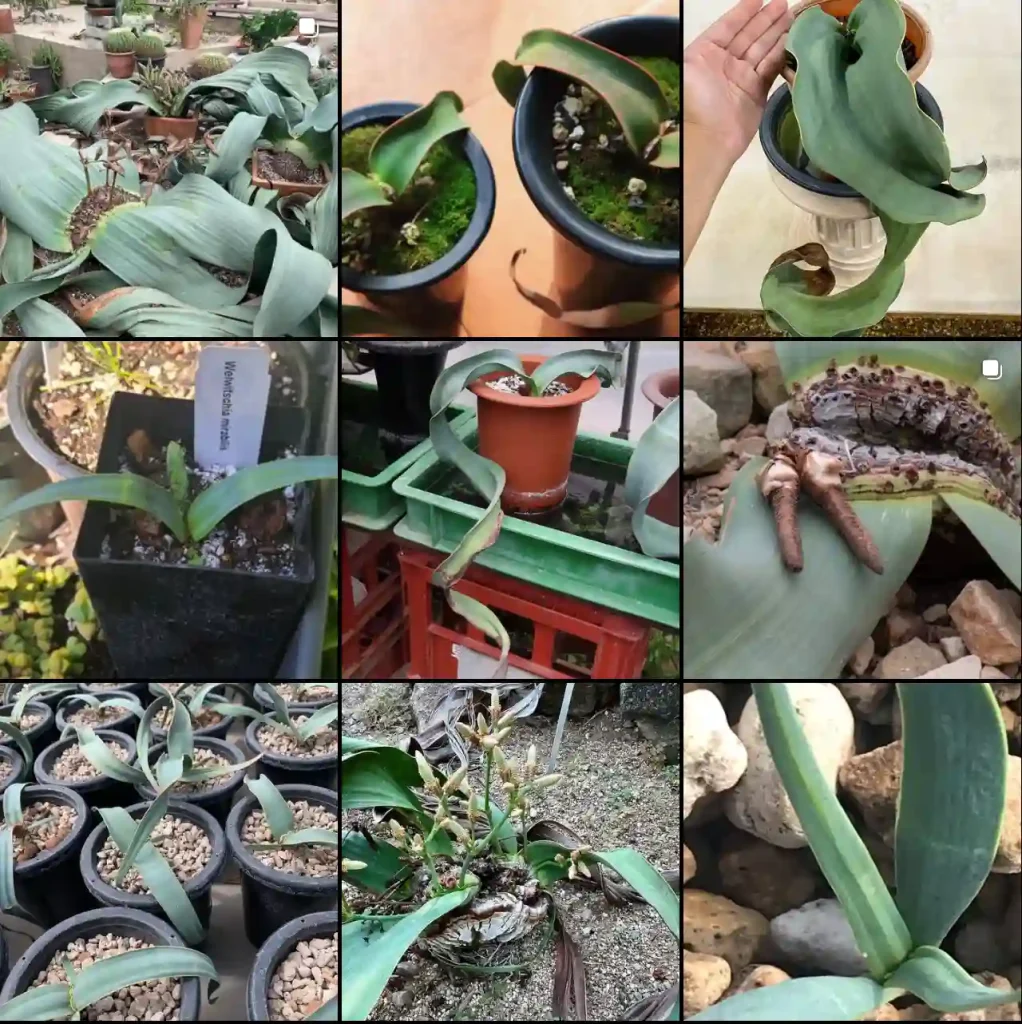When I first got my hands on a Fukien Tea Bonsai Tree, I was captivated by its delicate appearance and charm. The tree, known scientifically as Carmona Retusa, is a popular choice among bonsai enthusiasts, particularly because of its small, glossy leaves and the tiny white flowers it produces throughout the year. Also referred to as the Carmona Bonsai Tree Fukien Tea, it’s native to Southeast Asia, especially China. Here, I want to address some of the most frequently asked questions about this beautiful bonsai and provide some insights based on my experiences.
What is a Fukien Tea Bonsai Tree?
The Fukien Tea Bonsai Tree is a tropical evergreen shrub that can be cultivated as a bonsai. It has a slow-growing nature, making it ideal for bonsai cultivation. This tree can be recognized by its small, oval leaves, tiny white flowers that bloom periodically, and red or black berries. The Flowering Fukien Tea Bonsai Tree is highly prized for its blooms, which add to the aesthetic appeal of the tree.
One thing to note is that the Fukien Tea Bonsai is often more challenging to care for than other types of bonsai due to its specific needs. It’s sensitive to environmental changes and requires a bit more attention and care than some of the hardier species.
How to Care for a Fukien Tea Bonsai Tree?
Fukien Tea Bonsai Tree Care requires attention to several key factors: sunlight, water, temperature, and humidity.
- Sunlight: This bonsai thrives in bright, indirect sunlight. However, it can tolerate some direct sun as long as it’s not overly intense. I usually place mine near a south-facing window, where it gets ample light without being scorched.
- Watering: Watering the Fukien Tea Bonsai requires careful attention. The soil should remain consistently moist, but not waterlogged. I’ve found that allowing the top layer of soil to dry slightly between waterings helps to prevent overwatering, which can lead to root rot. However, during the hotter months, I ensure that the soil doesn’t dry out completely.
- Temperature and Humidity: This tree prefers warm temperatures, ideally between 60°F and 77°F (15°C to 25°C). Sudden drops in temperature can be detrimental. Humidity is equally important; I’ve noticed that using a humidity tray or misting the leaves regularly helps maintain the tree’s health, especially during the winter months when indoor heating can dry out the air.
- Soil and Fertilization: The Fukien Tea Bonsai prefers well-draining soil. I use a mix designed for bonsai trees to ensure proper drainage. Fertilization should be done every two to four weeks during the growing season with a balanced fertilizer. During the winter months, I reduce feeding to once a month or even less.
How to Prune a Fukien Tea Bonsai Tree?
Fukien Tea Bonsai Tree Pruning is essential to maintaining its shape and encouraging healthy growth. The tree tends to produce leggy growth if not pruned regularly, so I make it a habit to trim back the new shoots to two or three leaves once they’ve developed five or six leaves. Pruning helps maintain the bonsai’s compact form and encourages branching, which is crucial for a fuller appearance.
I also focus on removing any dead or damaged branches, as well as thinning out areas where the foliage becomes too dense. This ensures that light can penetrate the inner parts of the tree, promoting even growth.
How to Propagate a Fukien Tea Bonsai Tree?
Propagating the Fukien Tea Bonsai can be done through cuttings. I usually take softwood cuttings in the spring or summer, around 4 to 6 inches long. After removing the lower leaves, I dip the cut end in rooting hormone and place it in a pot with well-draining soil. Keeping the soil consistently moist and placing the pot in a warm, bright spot helps the cutting to root successfully. It usually takes several weeks for roots to develop.
What to Plant with a Fukien Tea Bonsai Tree?
When it comes to companion plants, I tend to choose species that complement the Fukien Tea Bonsai’s tropical nature. Moss is an excellent option for covering the soil surface around the tree, as it adds to the visual appeal and helps retain moisture. Other small tropical plants, like ferns or small flowering plants, can be planted nearby to create a miniature landscape. However, I’m careful not to crowd the bonsai, as it needs space for its roots to grow.
Common Issues with Fukien Tea Bonsai Trees
One of the most common issues I’ve encountered is leaf drop. This can happen if the tree is exposed to sudden changes in temperature or watering schedules. If this happens, I usually check the environmental conditions and make adjustments as needed.
Another problem is pest infestations, particularly from spider mites, aphids, and scale. Regularly inspecting the tree and using insecticidal soap or neem oil helps manage these pests. I also find that maintaining a humid environment deters spider mites, which thrive in dry conditions.
Conclusion
Caring for a Fukien Tea Bonsai Tree is a rewarding experience that requires attention to detail and patience. From ensuring it gets the right amount of light to careful watering and pruning, this bonsai offers a beautiful challenge for those willing to put in the effort. Whether you’re drawn to the Flowering Fukien Tea Bonsai Tree for its delicate blooms or the artistic appeal of shaping a miniature tree, the journey with this bonsai is filled with both challenges and rewards.
The tree may be temperamental at times, but the beauty it adds to my collection makes every bit of care worth it.



